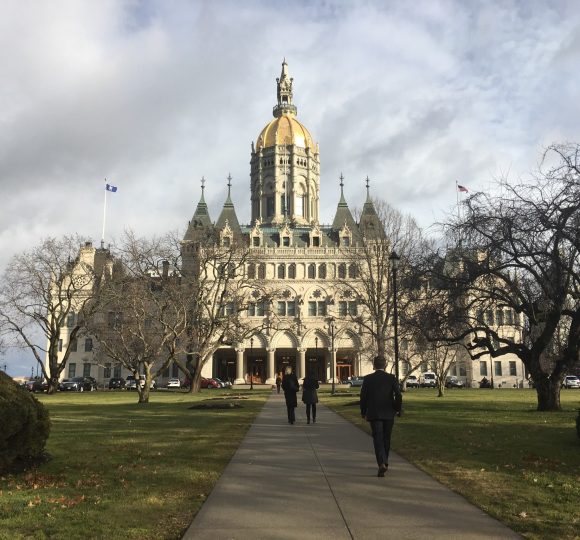The future of development in the Capital Region will be determined by decisions made today regarding its public infrastructure investments, land use planning, and regional cooperation. Other communities have successfully integrated capital planning for critical infrastructure (transportation, water, and sewer) with land use planning, making these regions more economically competitive; improving the quality of life; saving scarce public money; and preserving cherished natural assets. In light of the potential for Nano-Tech development to radically change the Capital Region’s development trajectory, it is imperative that the Region engage in a regional dialogue about its future.
Research on fiscal impacts has documented that more dispersed development patterns incur significantly higher cost for providing the infrastructure to support it. Furthermore, less dense settlement patterns limit opportunities for alternatives to the automobile as a means of transportation, threaten water supplies, increase stormwater management mitigation costs, and consume valuable open space and prime farmland. Our findings suggest the Capital Region is not immune to these negative consequences if we continue on the current development trajectory. In contrast, a more concentrated development pattern could save the region nearly a billion dollars in infrastructure costs over the next 25 years, assuming our economic development efforts are moderately successful and we accelerate our growth rate to that of the nation. If the region continues to grow at its current rate the fiscal impacts differences due to our urban form are marginal. This suggests that the faster the region grows, the more critical it is to manage the growth. If not, escalating infrastructure costs will result in higher taxes further reducing our economic competitiveness. A growth management strategy with an urban redevelopment component would also create opportunities to implement innovative transportation policies that have been identified as desirable by the community, including a world class trail system and improved transit services.





